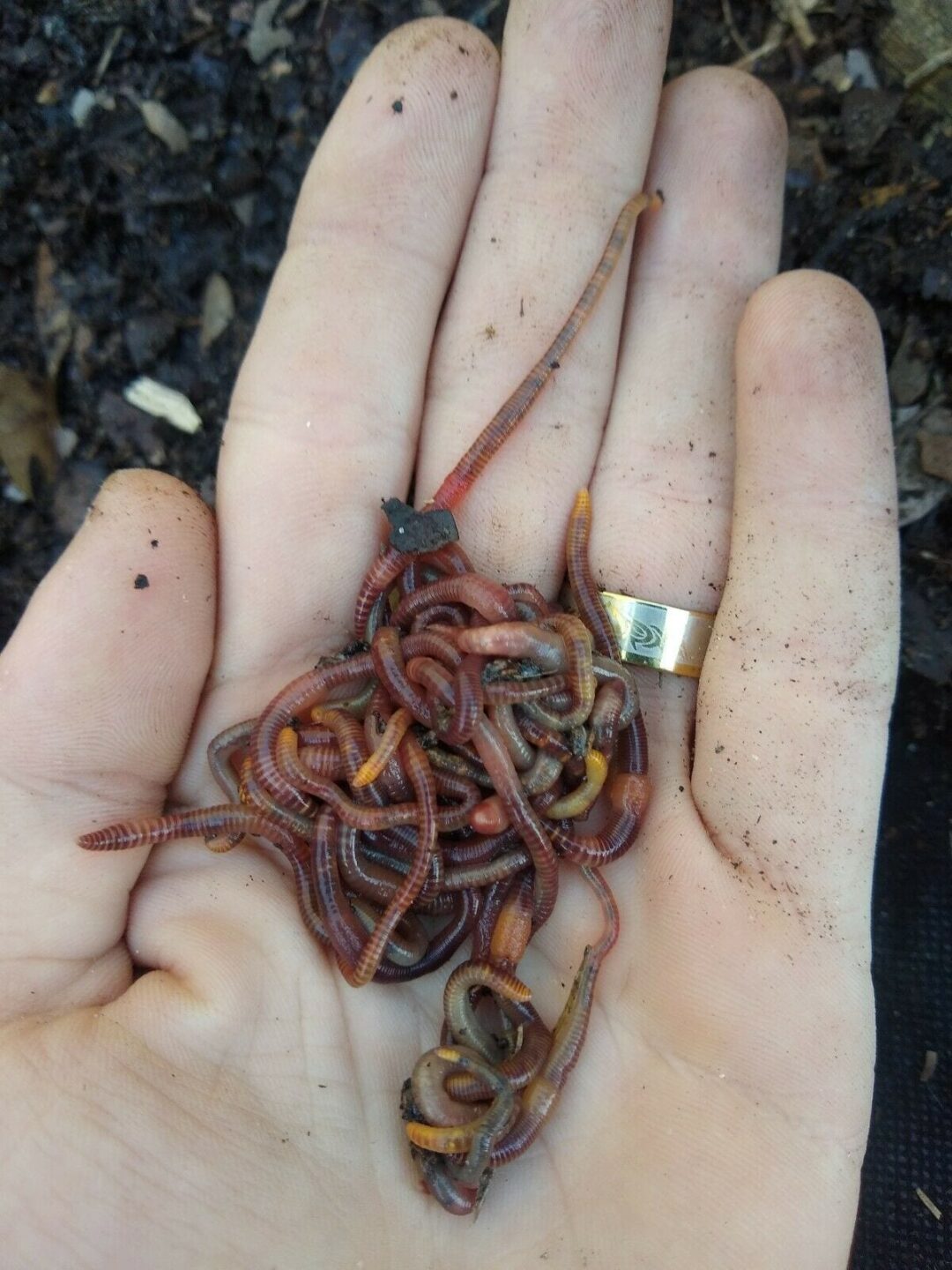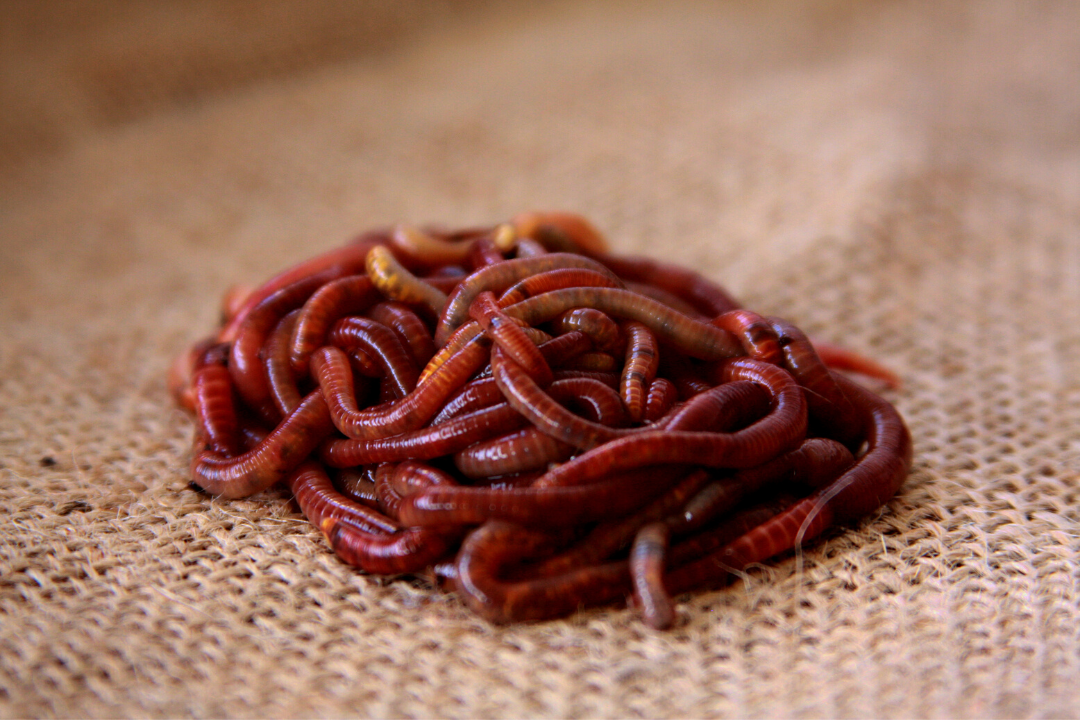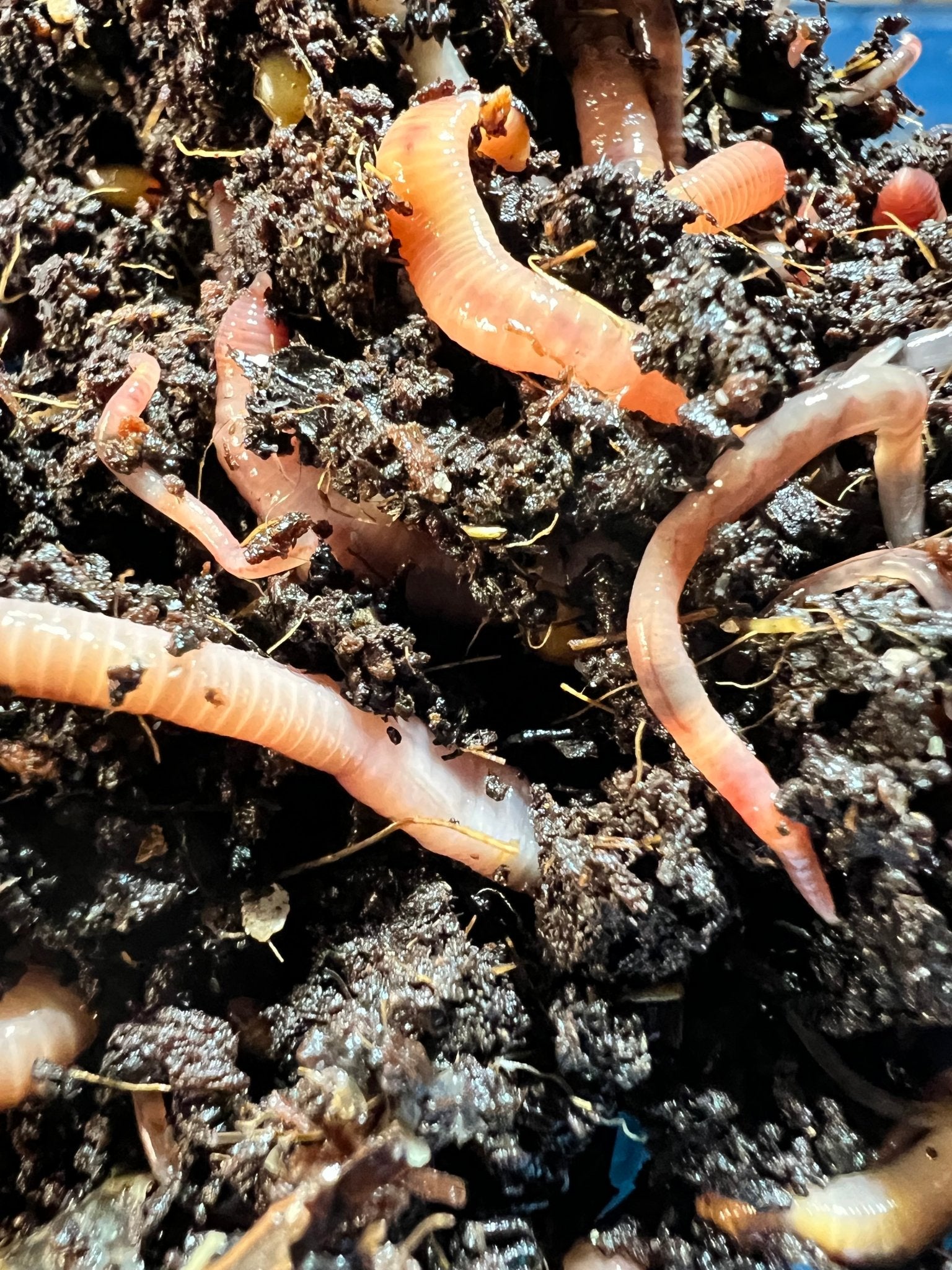Red Wigglers: The Unsung Heroes of Organic Waste Recycling
Red wigglers, or Eisenia fetida, offer as essential representatives in the natural waste reusing process, transforming thrown out products into important vermicompost. As the world significantly looks for options to deal with waste buildup and enhance agricultural performance, understanding the duty of these worms ends up being vital.
What Are Red Wigglers?
The amazing resilience of red wigglers, scientifically recognized as Eisenia fetida, highlights their essential duty in organic waste recycling. These tiny, reddish-brown earthworms are usually found in disintegrating raw material, such as garden compost piles and manure lots. Lake Hickory Bait. Unlike various other earthworm types, red wigglers thrive in nutrient-rich settings and are extremely effective at damaging down natural materials, making them essential for vermicomposting

(Red Wiggler Express)In enhancement to their duty in waste decrease, red wigglers add to soil wellness by improving dirt framework and aeration with their burrowing activities (Lake Hickory Bait). Their presence in composting systems not only enhances decomposition prices however also advertises a sustainable method to waste administration, showing their value in eco-friendly preservation initiatives
Advantages of Composting With Worms
Composting with worms, especially red wigglers, provides various advantages that improve both waste monitoring and dirt health. These worms effectively damage down organic waste, transforming it into nutrient-rich vermicompost that enhances dirt. This procedure accelerates disintegration, permitting a faster recycling of kitchen area scraps and various other natural products contrasted to traditional composting methods.
Furthermore, the vermicompost produced by red wigglers is including valuable bacteria, which aid enhance soil framework, aeration, and wetness retention. This enhances the total wellness of plants, advertising vigorous development and enhanced returns in yards and farming settings. Additionally, the usage of worms in composting minimizes the production of greenhouse gases, such as methane, contributing to a more lasting waste monitoring system.

Just How to Beginning Vermicomposting
Establishing a vermicomposting system is an uncomplicated process that can yield considerable advantages for both waste management and dirt enrichment. To start, pick an ideal container, such as a plastic container or wooden box, with appropriate air flow holes to make sure appropriate airflow. The dimensions should preferably be about 2 feet by 3 feet, allowing adequate room for the worms to thrive.
Following, prepare bed linen material, which can contain shredded paper, cardboard, or coconut coir. This bedding needs to be dampened to create an appropriate environment for the worms. When the bed linen remains in location, introduce red wigglers (Eisenia fetida) into the container, commonly around one extra pound of worms for each square foot of surface location.
Following the placement of worms, add natural waste, such as vegetables and fruit scraps, coffee grounds, and smashed eggshells. Prevent adding dairy, meat, or oils, as these can create odors and draw in pests. Ultimately, position the bin in a shaded, temperature-controlled area to maintain ideal conditions for worm activity. With these actions, you will successfully start a vermicomposting system that adds to lasting waste administration and enhances your soil.
Maintaining a Healthy And Balanced Worm Bin
(Lake Rhodhiss Bait)Maintaining a worm bin growing needs normal interest and treatment to guarantee the health of the red wigglers and the performance of the composting process. Proper maintenance starts with keeping an eye on the dampness degrees; the bin needs to be damp however not soaked. An excellent guideline of thumb Lake Rhodhiss Bait is to keep a consistency similar to a wrung-out sponge.
Oygenation is crucial as well. Carefully mixing the bedding and food scraps every couple of weeks avoids compaction and makes certain that all worms have access to oxygen. Additionally, it is essential to feed the worms suitably. A well balanced diet plan of fruit and vegetable scraps, coffee premises, and crushed eggshells need to be supplied in moderation to avoid overfeeding, which can lead to odors and pests.
Temperature level guideline is another essential aspect. Red wigglers grow in a series of 55 to 77 degrees Fahrenheit. If the container comes to be as well hot or cold, the worms might end up being stressed out - Lake Hickory Bait. Finally, periodically look for indicators of wellness, such as worm population development and the presence of healthy castings. By carefully handling these aspects, one can maintain a robust and productive worm container.
Effect On Sustainable Living
The successful maintenance of a worm bin not only benefits the health of red wigglers yet additionally contributes considerably to lasting living techniques. By reusing organic waste, such as cooking area scraps and lawn debris, red wigglers aid draw away considerable amounts of material from land fills. This reduction in waste not only reduces greenhouse gas emissions however likewise minimizes the ecological problem connected with waste administration.
Furthermore, the castings generated by red wigglers function as a nutrient-rich organic fertilizer, enhancing soil health and wellness and promoting plant growth. This natural option to chemical fertilizers supports sustainable farming and gardening techniques, reducing dependence on synthetic inputs that can hurt ecosystems. Furthermore, worm composting fosters understanding of waste administration, encouraging individuals and neighborhoods to adopt even more sustainable routines.

Final Thought
In recap, red wigglers serve as important contributors to organic waste reusing through their effective disintegration of organic materials. By incorporating vermicomposting into waste management strategies, people and communities can substantially decrease waste while promoting environmental sustainability.